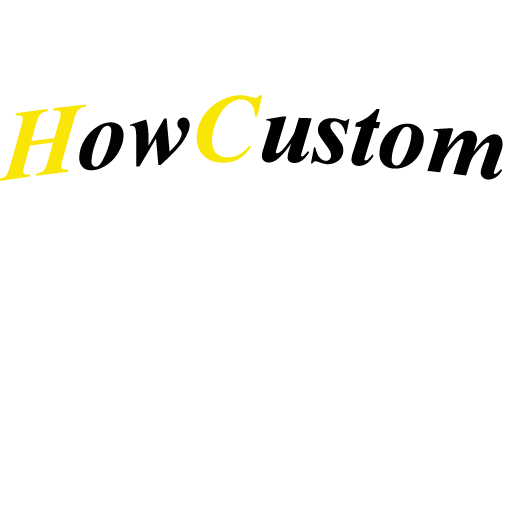
Can You Draw a Red Dot with a Sharpie Instead of a Battery
Share
- What Is a Red Dot Sight and Why Does It Matter
- Why Someone Might Try Drawing a Dot with a Sharpie
- What Actually Happens When You Try It
- Why Real Red Dot Sights Work Differently
- What Reddit Users Have Said About the Sharpie Idea
- Can You Actually Build a Working DIY Red Dot?
- Better Low-Tech Aiming Alternatives
- What Works and What Doesn’t
What Is a Red Dot Sight and Why Does It Matter
A red dot sight is a type of firearm optic that uses a small LED and coated glass to project a dot onto your field of view. This dot shows where the bullet will land, allowing for fast and accurate aiming. The dot appears to stay “glued” to the target, even when the shooter’s head moves. This makes red dot sights popular among beginners, tactical users, and hunters alike.

Why Someone Might Try Drawing a Dot with a Sharpie
Some beginners wonder if they can skip electronics entirely by drawing a red dot directly onto a piece of glass. It seems simple and cheap—just grab a Sharpie, mark the glass, and aim. No batteries, no power loss, no complex setup. This idea pops up in forums, especially among airsoft players, dry-fire trainers, or curious DIY enthusiasts.
However, the idea often falls short in execution.
What Actually Happens When You Try It
Drawing a red dot on a clear surface and mounting it in front of your eye might seem like a clever hack. It looks like a red dot sight, but it doesn’t behave like one. The problem becomes obvious once you move your head: the drawn dot no longer points to the same place. It only works from one very specific eye position. There’s no adjustment for parallax, so the aiming point shifts with your perspective.

Why Real Red Dot Sights Work Differently
A real red dot sight uses an LED to project light onto a coated lens. That lens reflects a very specific red wavelength back to the shooter's eye, while allowing the rest of the image to pass through. The reflected light creates a “floating” dot that appears over your target. More importantly, this system is collimated—it corrects for parallax. That means your aiming point stays accurate even if your eye shifts behind the optic.
This technology is what makes red dot sights so useful for fast shooting and close-quarters aiming. A Sharpie marker can’t replicate that.

What Reddit Users Have Said About the Sharpie Idea
This question comes up surprisingly often on forums like r/guns and r/airsoft. One Redditor wrote, “I drew a dot on a CD case and zip-tied it to a rail. Worked until I moved my head half an inch.” Another said, “It’s basically like using a red crayon on a window and pretending it’s a HUD. Fun but useless.” Most users who try it say the same thing: it’s funny for a minute, but totally impractical.

Can You Actually Build a Working DIY Red Dot?
In theory, you can build a basic sight using reflective materials and precise angles—some old collimator sights used ambient light instead of batteries. A few hobbyists have tried fiber optic or mirror-based DIY setups. However, none of these are as compact, reliable, or repeatable as even a $40 entry-level red dot.
Sharpie on glass doesn’t even come close.
Better Low-Tech Aiming Alternatives
If you're on a budget or just practicing, here are smarter options than a Sharpie dot:
• Peep or ghost ring sights: Fast, battery-free, and reliable
• Bright front sight paint: Improves visibility at low cost
• Dry-fire laser trainers: Simulate aim and feedback indoors
• Budget red dots: Models like Bushnell TRS-25 or Sig Romeo5 offer real performance for under $100

What Works and What Doesn’t
Drawing a red dot on a glass panel with a Sharpie might seem clever, but it doesn’t behave like a real red dot sight. It lacks stability, consistency, and any sort of parallax forgiveness. While it might work for a dry-fire test or as a visual joke, it’s not something you’d want to rely on at the range—or anywhere else.
If you’re serious about shooting or even casual practice, it’s better to invest in proper optics or use proven mechanical sights. As Reddit users have put it: “fun idea, bad in practice.”
